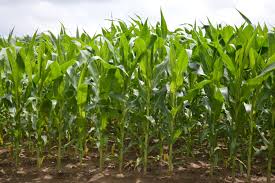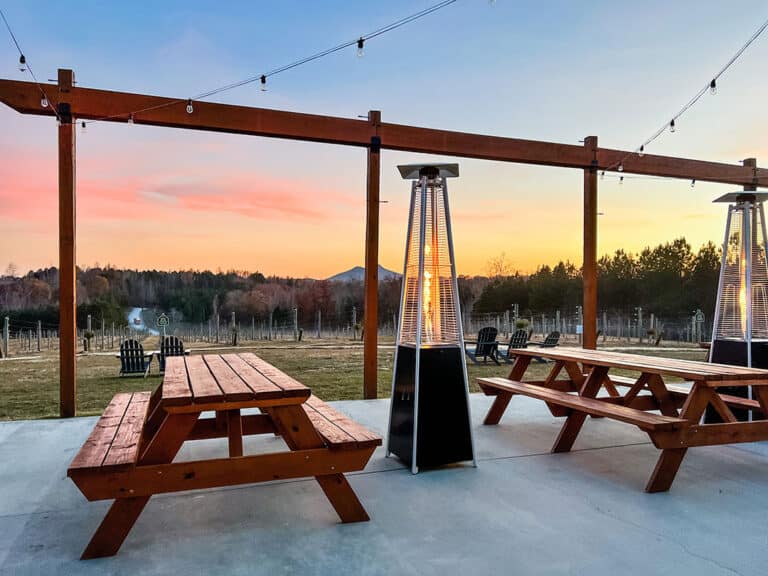How can you make your drive to the trailhead as clean and green as possible?
One of the leading candidates to replace fossil fuels has been around as long as the cars that use them. Biofuels were Henry Ford’s original plan for fuel for his Model Ts car. But large petroleum deposits kept gasoline and diesel much cheaper, and biofuels were soon forgotten.
The gasoline and diesel that cars run on today are actually 300-million-year-old biofuels—dead plants that were buried and compressed over eons. The biofuels that are being considered to replace these fossil fuels are just plants grown today.
Much of the gasoline used today is already blended with a biofuel called ethanol, which can be made from different types of plants such as corn and cane sugar. Ethanol is made usually made using chemical reactions, fermentation, or heat to break down starches and sugars found in plants.
In countries such as Brazil, many cars run on 100 percent ethanol that they get from cane sugar. In Europe, biodiesels made from palm oil are widely used.
Cars are one of the main contributors to carbon dioxide pollution in our earth’s atmosphere, but with the growing of plants for biofuels, these plants can absorb much of the carbon dioxide released by automobiles. Possibly the biggest perk to biofuels is that they are easily renewable. The airline industry is also looking for cleaner emissions and considering biofuels to replace their current jet fuels.
However, here are some drawbacks. The entire process of growing plants and breaking them down into biofuel requires a large amount of energy. Many scientists have calculated that the production of corn-based ethanol actually uses more energy than it generates. Other concerns about biofuels are the impacts of growing and harvesting large plantations of these plants. Often rain forests are clear cut for palm oil plantations to provide biofuel.
Many believe using non-food grasses, algae, or biomass—termed second-generation or advanced biofuels—could be better solutions than using corn or cane sugar for ethanol production.
Read more here.








